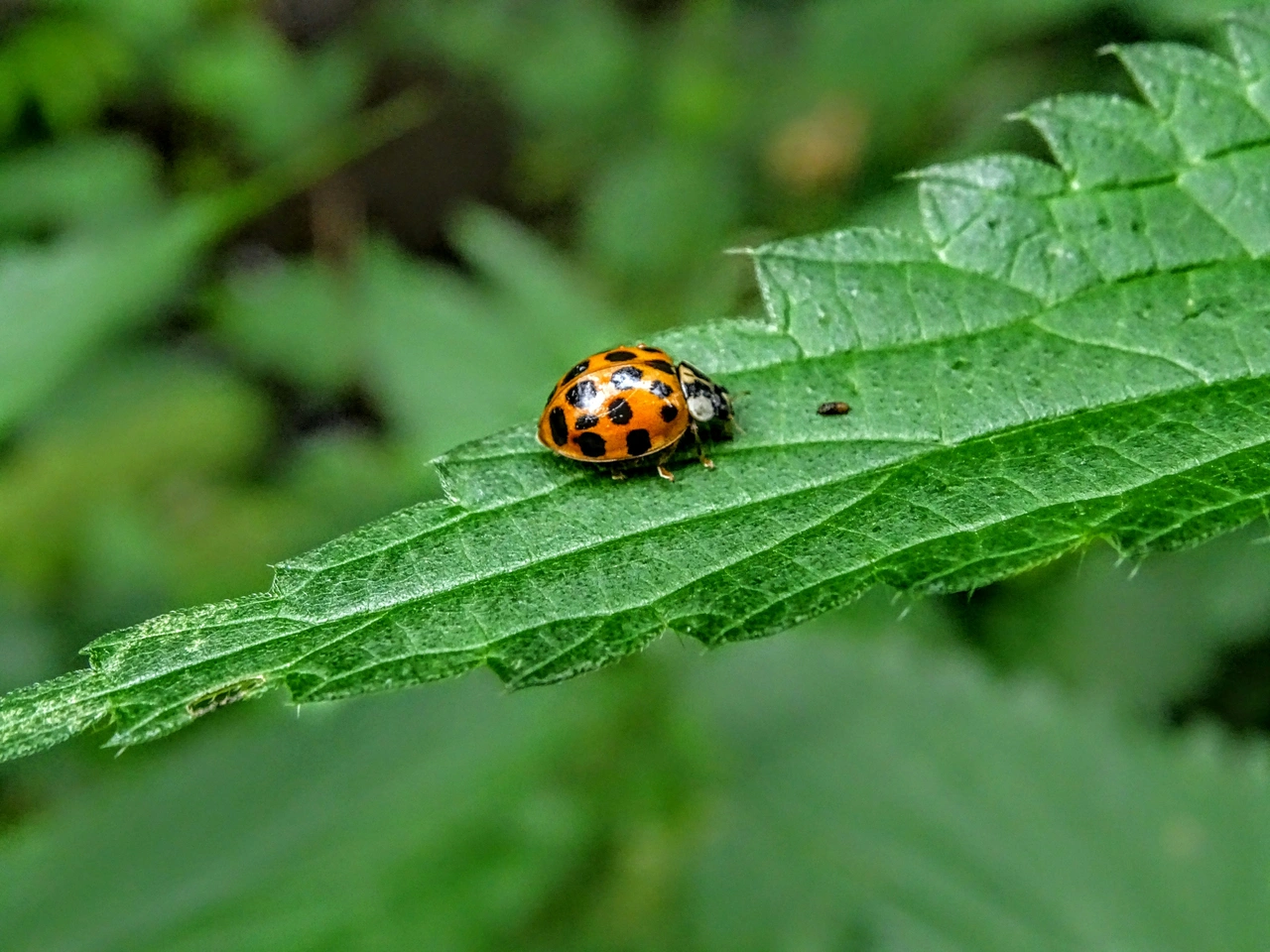How to Soothe Allergy Symptoms Naturally With a Little Help From Your Garden!

Is it allergy season again? If you’re already dealing with sneezing, watery eyes, or an allergic reaction to grass or tree pollen, you’re definitely not alone. As someone who also suffers from seasonal allergies, I know how tough it can be to find relief. Each year, countless people turn to medication to treat seasonal allergies – but more and more are looking for natural alternatives that are both effective and easy to integrate into daily life. The good news? Many of those natural remedies can be grown right at home!
In this post, we’ll take a closer look at a variety of plants that can help provide natural relief from seasonal allergies, along with practical tips on how to use them. While many of these plants can be grown in your own garden, a few might be easier to source from a shop. Either way, they all offer valuable support during allergy season – and growing and using them in your garden is a rewarding step toward becoming more self-sufficient and tapping into the healing power of nature.
Symptom 1: Sneezing and Runny Nose
Sneezing and a constant runny nose are some of the most common and annoying symptoms of seasonal allergies. These symptoms are often caused by the body’s immune system overreacting to allergens. The plants listed below contain natural antihistamine properties – without the drowsy side effects!
Plants to Consider:
Nettle: Known for its antihistamine properties, nettle can help reduce sneezing and runny nose by preventing the body’s production of histamine.
How to use: The leaves & stem can be consumed as a tea either fresh or dried.
Hibiscus: Hibiscus is not only a beautiful plant but also has natural antihistamine properties which can help soothe sneezing and a runny nose. Its high vitamin C content and anti-inflammatory properties can reduce the body’s allergic response to pollen and other allergens.
How to use: Hibiscus can be enjoyed as a tea, made from fresh or dried hibiscus flowers.
Symptom 2: Nasal Congestion
Congestion is one of the more uncomfortable symptoms, as it makes it hard to breathe clearly and disrupts your day.
Plants to Consider:
Rosemary & Thyme: These plants are antiseptics that help clear nasal passages and fight off infections that might worsen congestion.
Eucalyptus & Peppermint: These plants can help open up the sinuses and soothe the throat and nasal passages, reducing the frequency of sneezing and providing relief from nasal and chest congestion.
How to use: The best way to use these herbs for sinus congestion is by making a herbal steam to inhale. Use a herb on its own, or add any combination of these herbs together in a pot of boiled water and place a towel over your head. Take deep breaths for 5-15 minutes and feel your airways open!
Symptom 3: Itchy Eyes
Itchy eyes are a hallmark of allergic reactions, especially when triggered by pollen or dust. The irritation can be frustrating, but certain plants can help soothe this discomfort.
Plants to Consider:
Chamomile: Known for its calming effects, chamomile can also help with itchy eyes when used as a compress or eye rinse. Avoid using chamomile if you are allergic to ragweed.
Rose: Rose is anti-inflammatory with cooling properties and can calm the irritation around the eyes.
How to use Chamomile & Rose: Add fresh or dried chamomile/rose petals to a bowl of hot water. Soak a cotton pad in the hot water infusion and let it cool to room temperature. Apply it to your closed eyelids for 5-10 minutes.
Symptom 4: Throat Irritation
Throat irritation is a common symptom of seasonal allergies, often caused by post-nasal drip, which occurs when excess mucus from the sinuses drips down the back of the throat. This can lead to scratchiness, soreness, and an overall uncomfortable feeling in the throat. These demulcent herbs provide a protective soothing coating to your respiratory tract to help combat inflammation and irritation.
Plants to Consider:
Licorice Root: Licorice root has been traditionally used to soothe throat irritation. It helps to coat the throat, reducing inflammation and providing relief from that dry, scratchy feeling.
How to use: You can make licorice root tea by boiling 1 tablespoon of dried root in hot water for 10-20 minutes. Note: People with high blood pressure or heart conditions should consult a healthcare provider before using licorice root.
Slippery Elm: Slippery elm contains mucilage, a gel-like substance that coats and soothes the throat, easing irritation caused by allergies.
How to use: Slippery elm is best used in its powdered form to make a warm water infusion from. Simply mix 1-2 teaspoons of the powdered bark with one cup of warm water and sip slowly. Alternatively, slippery elm lozenges can be sucked on for fast relief.
Marshmallow Root: Like slippery elm, marshmallow root contains mucilage, which helps protect and soothe the mucous membranes of the throat.
How to use: Marshmallow root can be taken as a tea, but is most beneficial as a cold water infusion to extract the mucilaginous properties. Fill the bottom inch of a mason jar with marshmallow root and fill with cold water. Let it infuse for 8-12 hours, staring and sip throughout the day.
Immune Support
Some plants work on a broader level, helping to regulate the body’s immune response and reduce the overall severity of allergy symptoms.
Plants to Consider:
Echinacea: While known for its immune support, echinacea also helps reduce inflammation in the respiratory system, which can ease sneezing and congestion.
How to use: Typically taken as a tea or in supplement form.
Ginger: Known for its anti-inflammatory effects, ginger helps reduce overall allergy symptoms, including congestion, sneezing, and itchy eyes.
How to use: Best consumed fresh, in food or tea.
Turmeric: Curcumin, the active compound in turmeric, is a potent anti-inflammatory that can calm an overactive immune response to allergens.
How to use: Best taken with a pinch of black pepper (to enhance absorption) in a tea, or as a spice in meals.
Conclusion
Seasonal allergies may be a challenge, but nature has your back! With the right plants in your plantry, relief from sneezing, congestion, and irritation is easier to find than you think.
While growing every plant at home may not always be possible- depending on where you live or how much space you have- don’t worry! You can still source many of these plants from your local market or health store. Whether you’re growing your own or purchasing a few key plants, the healing power of nature is right at your fingertips. Let’s take charge of our health this allergy season, one plant at a time, and feel better naturally!
Have you tried using any of these herbs to treat your allergies? Share your experience of what has helped you the most!
Notes:
- When making a herbal tea, use 3 times the amount of plant material for fresh herbs vs when using dried.
- Avoid using chamomile if you are allergic to plants in the ragweed family.




